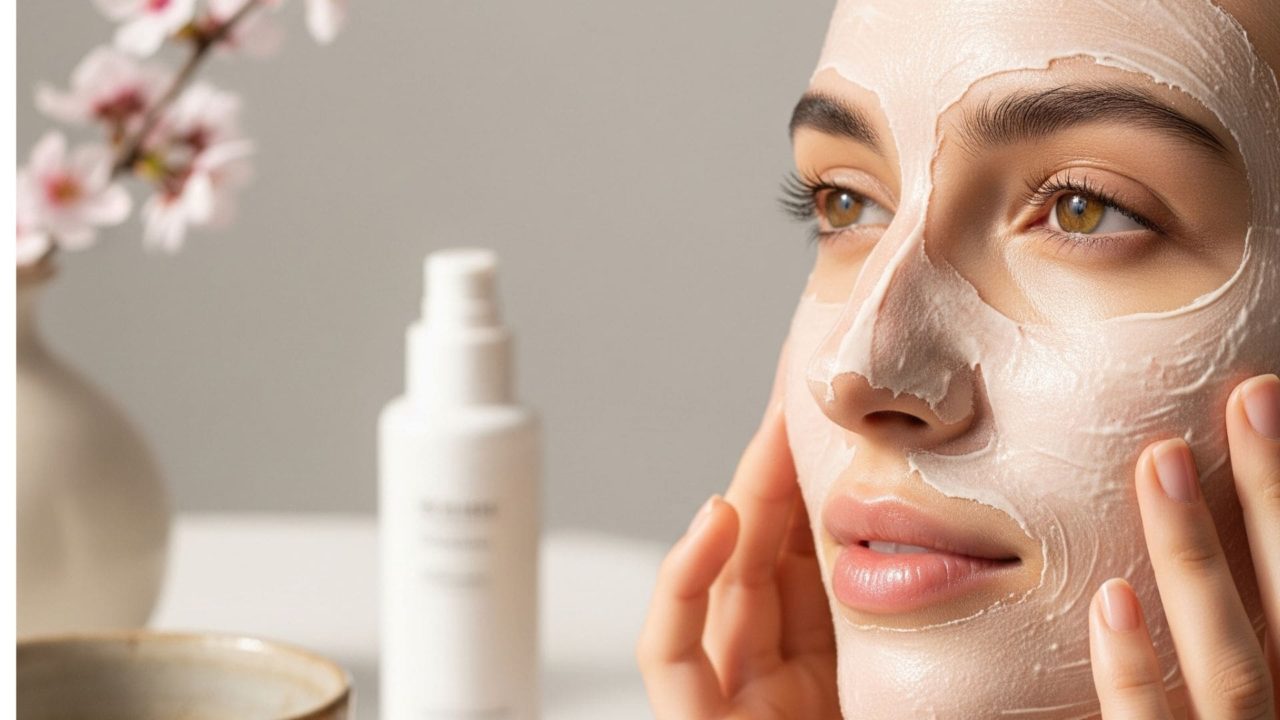As Japan’s luxury beauty market gains global attention, key insights and emerging strategies are beginning to shape the future of this influential industry. Long celebrated for its precision, craftsmanship, and cultural depth, Japan’s approach to beauty is now evolving alongside a new generation of conscious consumers and refined aesthetics.
Valued at 4.4 trillion yen (approximately $30.4 billion) and expected to grow 3.4% next year, the Japanese beauty and personal care sector stands as a benchmark of quality and innovation. But this success is rooted in more than just product performance—it stems from a deep understanding of what beauty means in a society that values subtlety, tradition, and “suginai” (not too much) elegance.
Japan continues to shape global beauty standards, making it a vital market for any luxury brand aiming to succeed in Asia. Understanding the country’s emphasis on clean, minimal skincare is essential. Terms like mochi-mochi (soft and bouncy like a rice cake) define local expectations for skin health and appearance. These expressions are more than descriptors, they reflect a deeply rooted cultural appreciation for skincare as both art and ritual.
Some key market highlights shaping the future of beauty in Japan are:
- Japanese buyers are research-driven and demand authenticity. Building brand loyalty requires strong storytelling, transparency, and visible craftsmanship.
- With 39% of global “free-from” product launches, Japan leads in sensitive skin solutions. Products that protect against heat, UV exposure, and allergens are increasingly sought after.
- Beauty routines are diversifying. Categories such as fragrance, suncare, deodorants, and color cosmetics are seeing steady growth—especially those designed for seasonal conditions.
- The prevailing aesthetic is “suginai”—not too much. minimalist, natural looks resonate strongly, popularized by local influencers.
Japan’s beauty market presents a fascinating interplay between honored legacy and modern innovation. Established brands such as Shiseido, Hada Labo, and Fancl continue to command deep consumer trust, nurtured through decades of consistency and cultural resonance. Yet, a new wave of luxury brands like FAS, (launched in 2023) are beginning to make an impression. With its use of fermented black rice extract and minimalist, wabi-sabi-inspired design, FAS exemplifies how innovation can succeed when it aligns with Japan’s refined aesthetic values. For emerging brands, the challenge lies in introducing novelty while honoring tradition, an essential balance in a market defined by discretion and discernment.
Equally vital to market entry is the experiential dimension of retail. In Japan, shopping is as much a cultural ritual as it is a commercial activity. Pop-up events and curated spaces offer a gateway to connection, not just commerce. Brands such as Euer, founded by Taka Miyake, have leveraged this strategy effectively by creating awareness through temporary boutiques in lifestyle destinations. These activations go beyond product, they deliver storytelling, community, and emotional resonance.
The Japanese beauty and personal care market is not one to be rushed. It is a world where intentionality, cultural nuance, and long-term trust dictate success. With strong growth projections and a consumer base that prizes quality over hype, Japan remains one of the most refined—and rewarding—luxury beauty markets in the world. As international brands look east, they must do so with respect, authenticity, and patience. There is a global encouragement for deeper collaboration between global players and this iconic market. For brands willing to understand Japan on its own terms, the reward is more than market share, it is cultural resonance.
Stay up to date on the latest luxury industry news: https://worldluxurychamber.com/insights-news/





